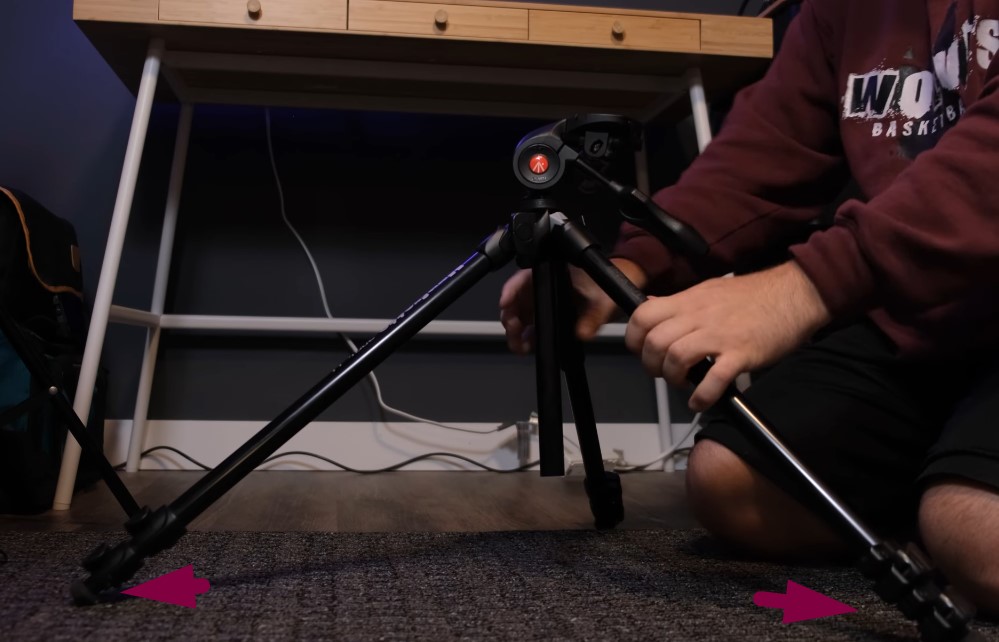
10 Steps to Mount a Camera on a Tripod
Many users twist the camera on their tripod. However, that’s an incorrect way of attaching it. Thus, doing it wrong can lead to shaky videos

Welcome to our curated collection of the camera wireless video transmitters. Whether you’re a professional filmmaker, a live streamer, or an avid photographer, finding the right wireless transmitter is essential for seamless, high-quality video transmission without the hassle of cables. Explore our top-rated options that offer exceptional range, reliability, and cutting-edge features to elevate your filming experience. Discover the perfect wireless solution to enhance your camera setup and unleash your creative potential today!
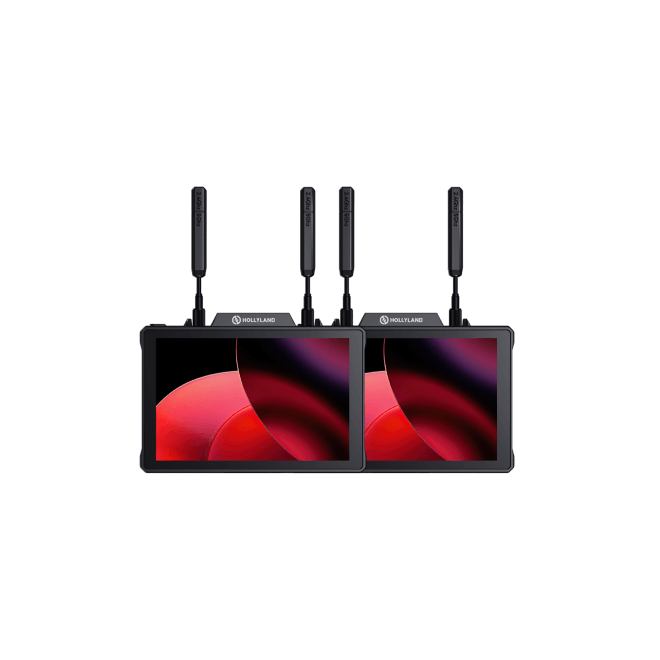
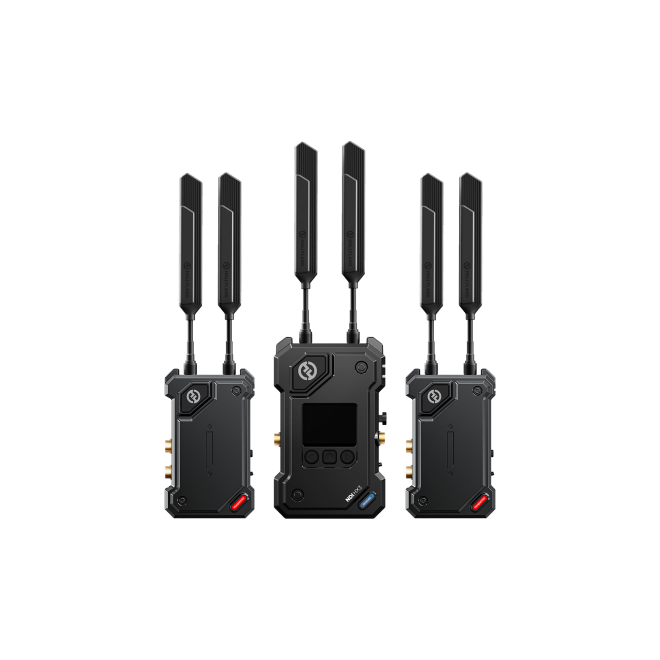
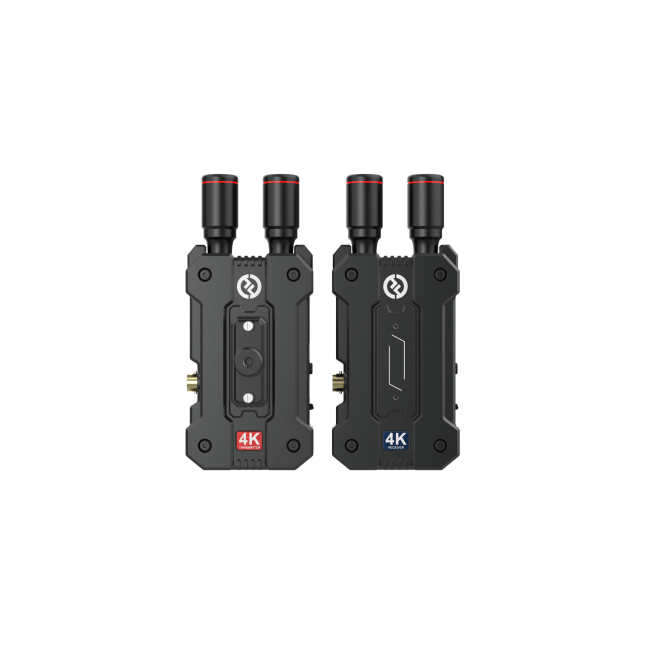
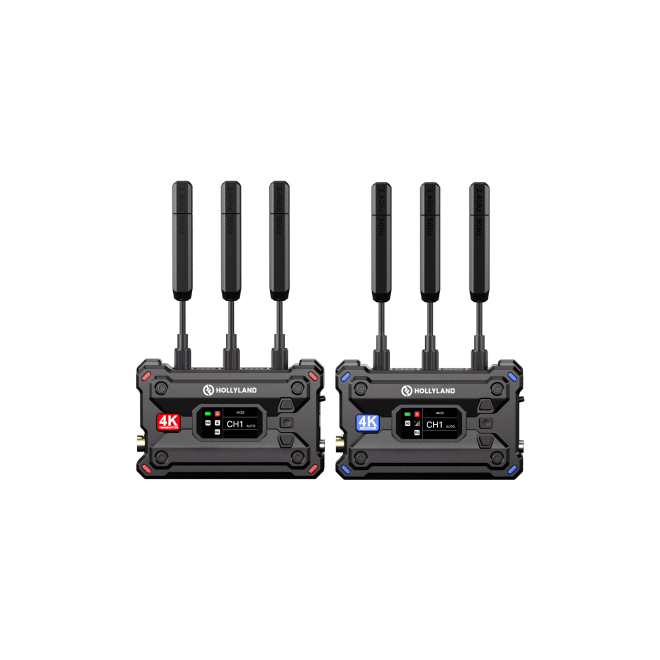
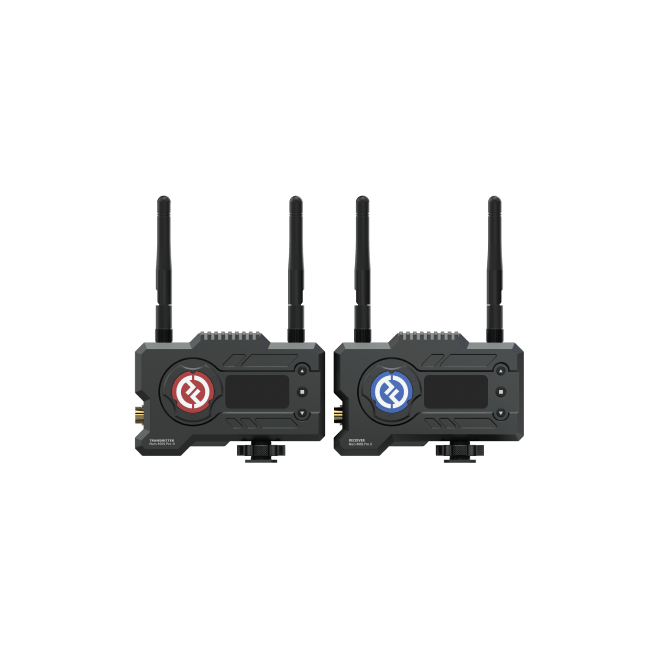
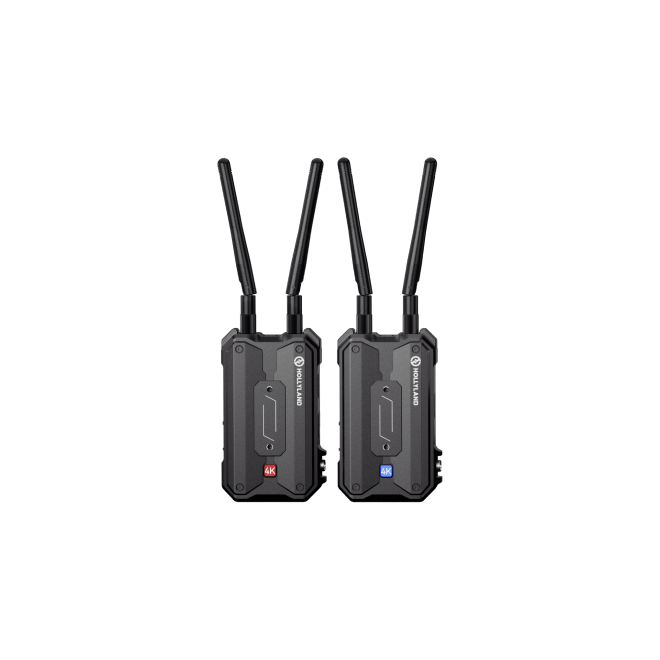
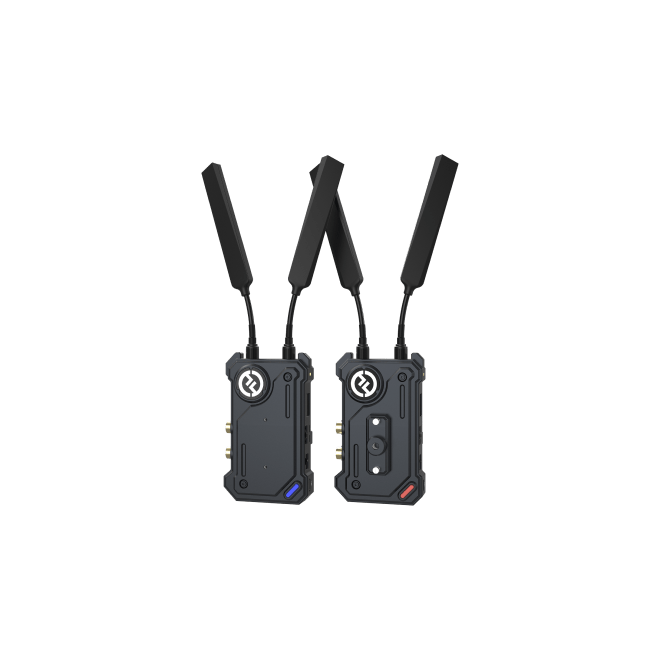
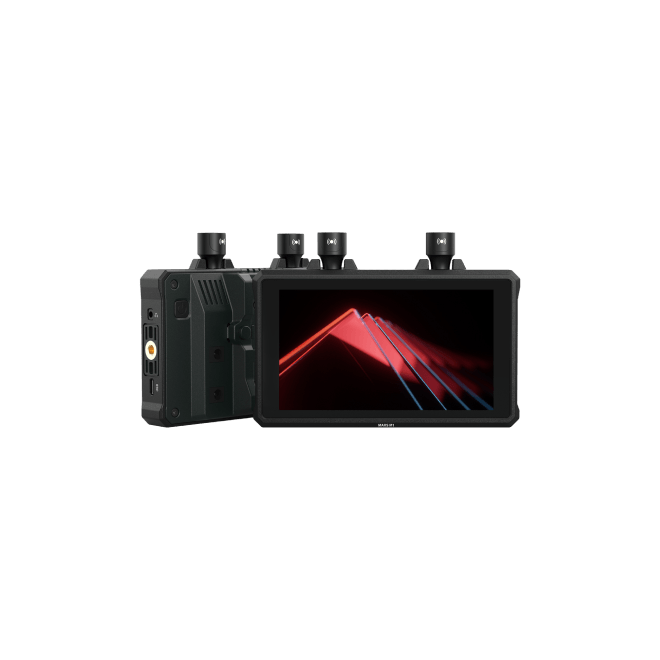
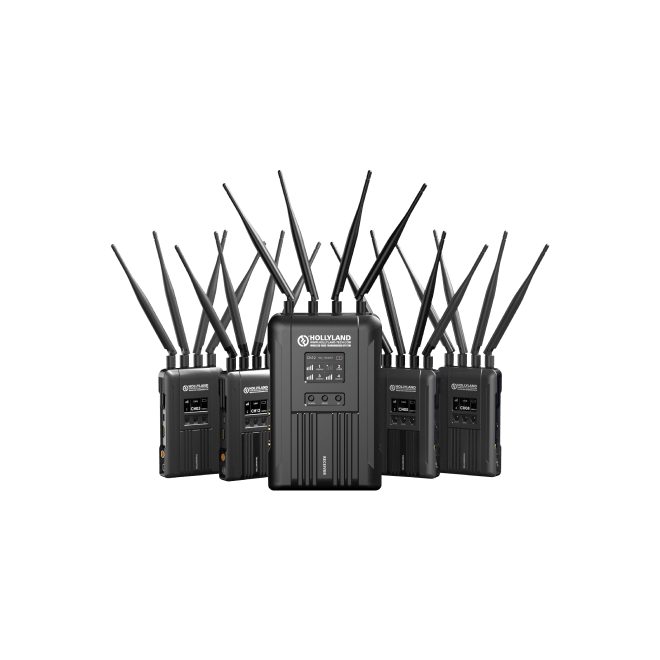
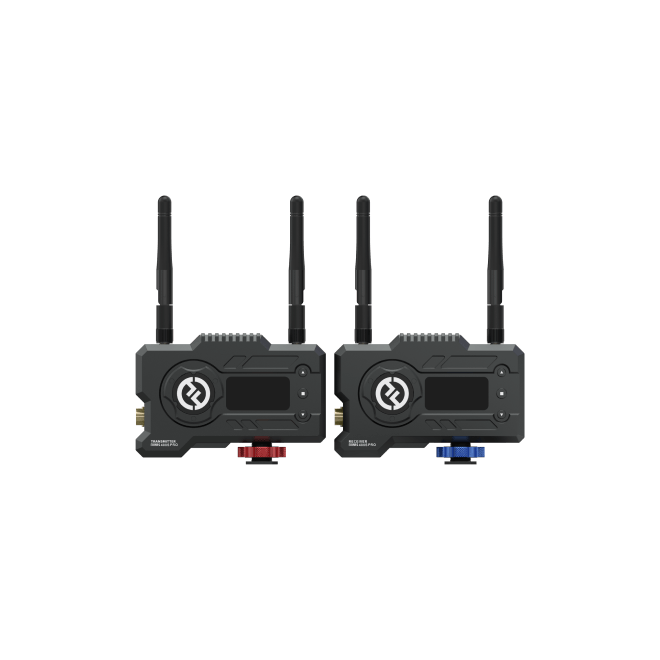


Hi, I am Ahsen, a tech admirer who keeps an eye on the latest innovations and upgrades in the world of microphones, cameras, and all other digital products which add joy and ease to our lives. As a content writer for over a decade, I adore describing inventions and new technologies in filmmaking and content creation. I aim to help readers make sound decisions by letting them explore popular brands through simple and understandable content backed by years of experience and knowledge.

Many users twist the camera on their tripod. However, that’s an incorrect way of attaching it. Thus, doing it wrong can lead to shaky videos
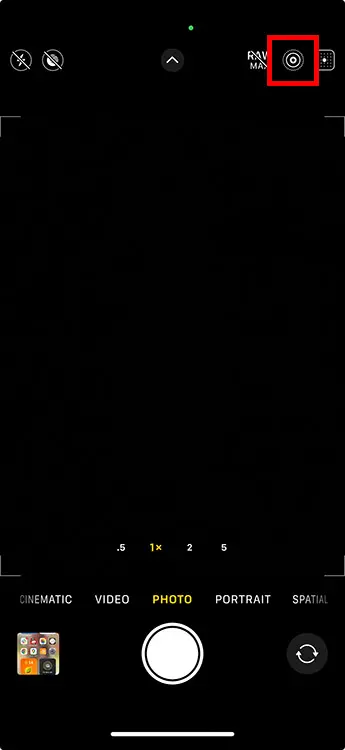
The shutter sound can be too loud and might draw unwanted attention in the wrong setting. You could be traveling or enjoying your lunch in
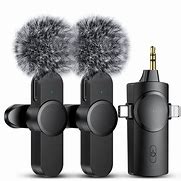
Eye-catching visuals grab attention, but crisp, clear audio is what keeps your audience watching. If you are vlogging, filming interviews, or creating YouTube videos, your
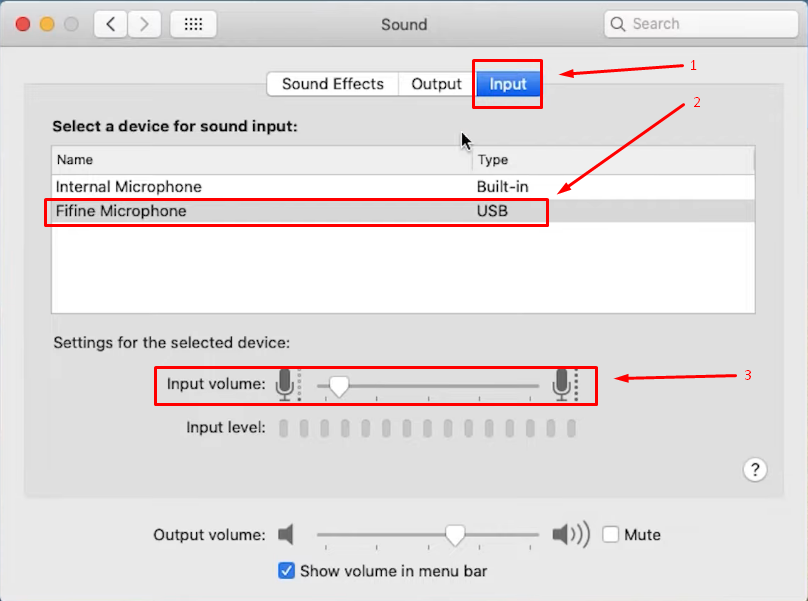
Fifine microphones are great for beginners and budget-friendly too. They’re cheap but still give a clear and sharp sound. Voices come out clean with little
to get the latest news!